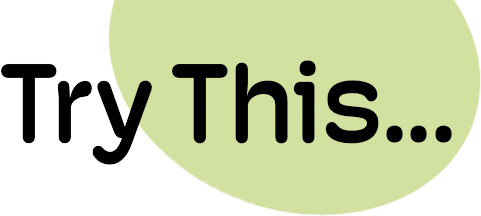What if I told you, you had a superpower? A power so common place and ordinary we hardly give it a second thought, yet so powerful it has transformed the world and the evolution of our species. This superpower is free, instantly available, and limitless. It works whenever we want it and sets us apart from every other creature on the planet.
I am, of course, talking about imagination.
Imagination is extraordinary, it has the capability to take us anywhere, be anyone, at any time, doing anything. We have it hardwired into our brains and no one has to teach us how to use it.
Kieran Egan, the Irish-Canadian philosopher of education, argued imagination is not just a fanciful or creative aspect of human thinking, but a fundamental cognitive tool that plays a crucial role in how individuals learn and make sense of the world. Imagination allows learners to create mental images, stories, and metaphors that help them understand complex concepts and ideas.
In “Sapiens: A Brief History of Humankind” Yuval Noah Harari explores the idea that the cognitive revolution, which marked the transition from hunter-gatherer societies to settled agricultural communities, was fuelled by human imagination. He suggests our ability to imagine and believe in shared myths, stories, and concepts (such as religion, money, and nations) played a crucial role in the development of complex societies.
This superpower is the greatest resource we have in the classroom, yet how often do we use it? How often do we ask our students to use their imagination for learning and what tools and strategies do we have for developing and harnessing it? On the whole, imagination is treated with suspicion in education. Side lined into the creative arts or story writing. Yet it has enormous potential to engage students in learning and make curriculum content meaningful and interesting.
Egan argues, the reason for this side lining is because imagination is messy stuff, it is difficult to measure and, despite being utterly commonplace, difficult to explain and utilise. As a consequence, traditional education has created methods that ignore it or circumnavigate it. Concentrating instead on direct instruction techniques, which focus on transmission and memory retention.
These traditional methods, while having the benefit of being simple and easy to use, ignore the full capabilities of the human mind to engage with content and often make learning monotonous and boring, turning studying into a chore and switching children off education.
The same avoidance has happened in the field of research. Despite the focus on educational research over the last ten years and the emphasis on using ‘what works’ in teacher training, very little has been done to look at the role of imagination in learning and to develop strategies that use imagination in the classroom.
This, we believe, is a mistake. We believe imagination should be a major field of research in education and the development of strategies for using imagination in learning, a priority. We believe imagination has a crucial role to play in education and, by avoiding it, we are missing a fundamental dimension of teaching and learning.
In ‘Try This…’ we have thought hard about how to incorporate imagination into lessons and have created forty ‘keys’ – step-by-step strategies – to make the process both easy and enjoyable. These keys harness imagination in five fundamental ways:
- They use stories to create meaningful contexts for learning, that make content more memorable and interesting, giving structure and purpose to curriculum activities.
- They provide a range of different ways for students to communicate their ideas and understanding, incorporating speaking, drawing, writing, and enactment. Offering variety and getting students up from behind their desks.
- They generate curiosity. Humans are naturally curious creatures; they are attracted to novelty and want to make meaning from unfamiliar or unexplained signs and situations.
- They involve tension and immediacy. Activities that need to be done and situations that need to be sorted because they are both important and urgent.
- They involve visualisation and the use of dramatic imagination. Techniques used in theatre, film, TV, and other art forms to evoke a sense of place and situation.
Incorporating these elements into teaching and learning can make the educational experience more engaging, meaningful, and effective for students, encouraging them to actively participate and take an active role in their learning. Here is an example from “Try This…”


